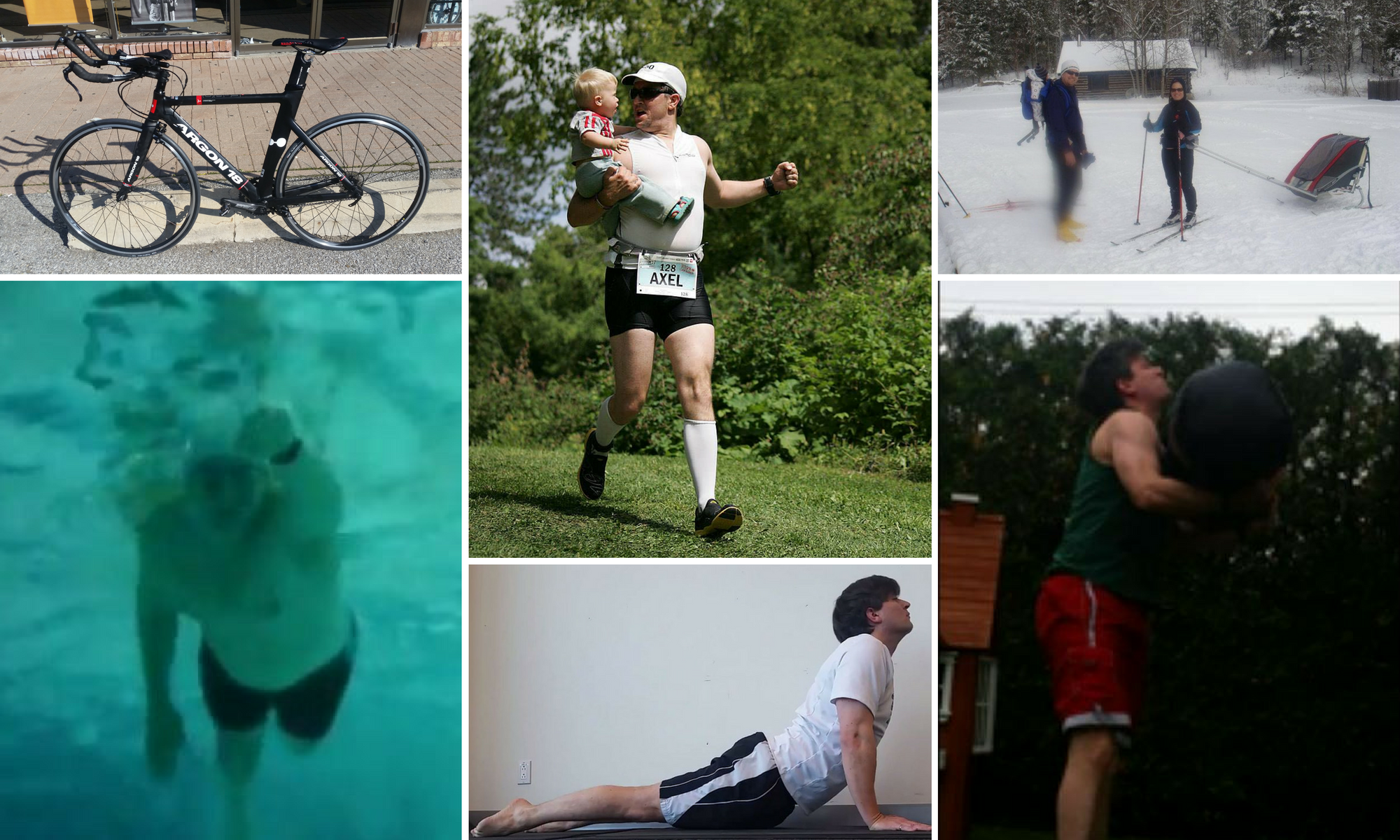After losing my Forerunner 305, I was this close to buying a Bluetooth capable HR strap and using my Blackberry for tracking permanently, but darn it if those Garmin people didn’t hook me back in with the Forerunner 910XT. After previous models that were called ‘waterproof’ (which in GPS language means “can get drops of water on it” unlike watch language where it means “submersible”), this one can really be used for swimming. It is in fact, useful as a swim computer.
I was a little pressed for time and stressed besides that, so I opted for a straight swim of 750m. By the time I had done 100m, I checked the distance tracker and it reported only 50m and I was thinking:”This will never work.” Still, by the time as I finished up my 30th length, sure enough, the readout showed 750m.
I was really interested to see what the data would show when I synched it, which it does wirelessly through a USB device the size of a thumb drive that you stick into your computer’s port. The sync happens automatically when you turn the watch back on near the computer, but the small delay before it happens always makes me wonder if I’m doing it right before I notice the transfer has started. The plugin software doesn’t have much in the way of dialog windows to let you know what’s happening.
Let me preface by saying I have no idea what happened toward the end there. I do, however, love how it recorded my number of strokes for each length. I always thought strokes should be counted with both arms but mechanically, it makes more sense for the watch to sense each time my left arm goes around. The numbers add up, since I’d put my 25m stroke count around 25-26 (counting both left and right), and this workout shows an average of 13 (counting only the left). It also shows my pace per 100m throughout the workout; might be very interesting during more structured workouts.
The last graph is about efficiency; there’s a metric called SWOLF which wasn’t easy to find the definition for (Google let me down for specifics), but ultimately, the connect.garmin.com websites help buttons defined it as stroke count+time to complete 25m. I’m really interested in this one, as every time I’ve tried to reduced the number of strokes, I’ve used more power on each stroke to absolutely no effect; though I’m probably completing the 25m in less time. Playing with SWOLF will let me optimize my swim for energy spent and how fast I can complete the distance.
So far so good for the Garmin Forerunner 910XT. I should mention that the HR monitor (while waterproof) does not work in the water, which is a shame. Though meaningful benchmarks for what heart-rate should be while swimming are hard to come by due to the difference the water pressure and cooling make on your cardiovascular system, I wouldn’t mind being able to compare workouts as the season progresses and knowing how my perceived exertion on a workout maps to the relative heart-rate actually produced.
I’ll be reviewing the 910XT’s features for biking and running in future posts. Stay tuned! Feel free to take a better look at the data by clicking the image below.







